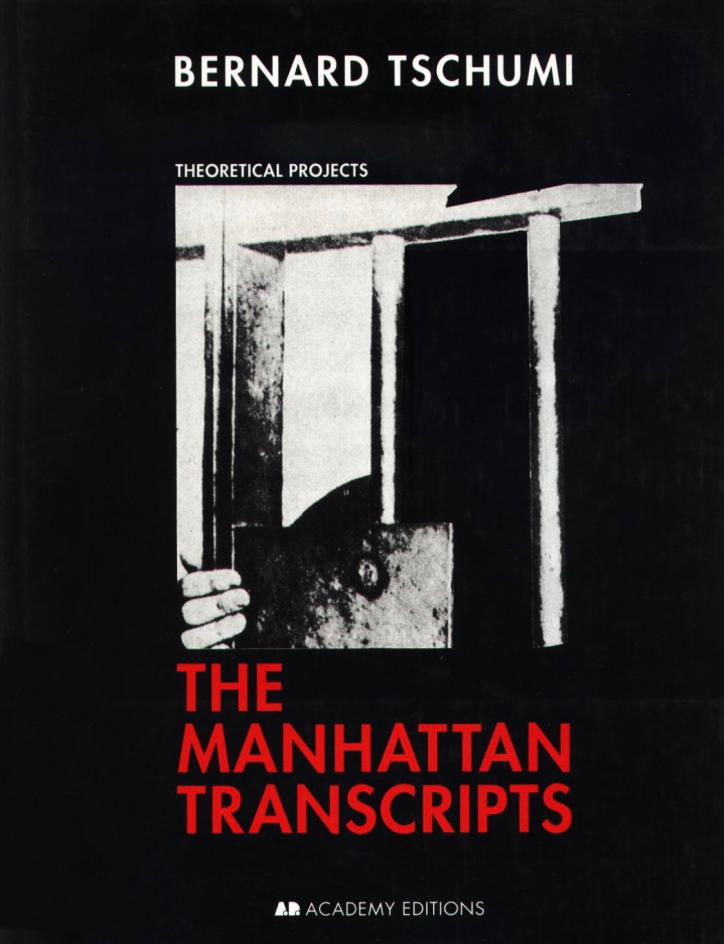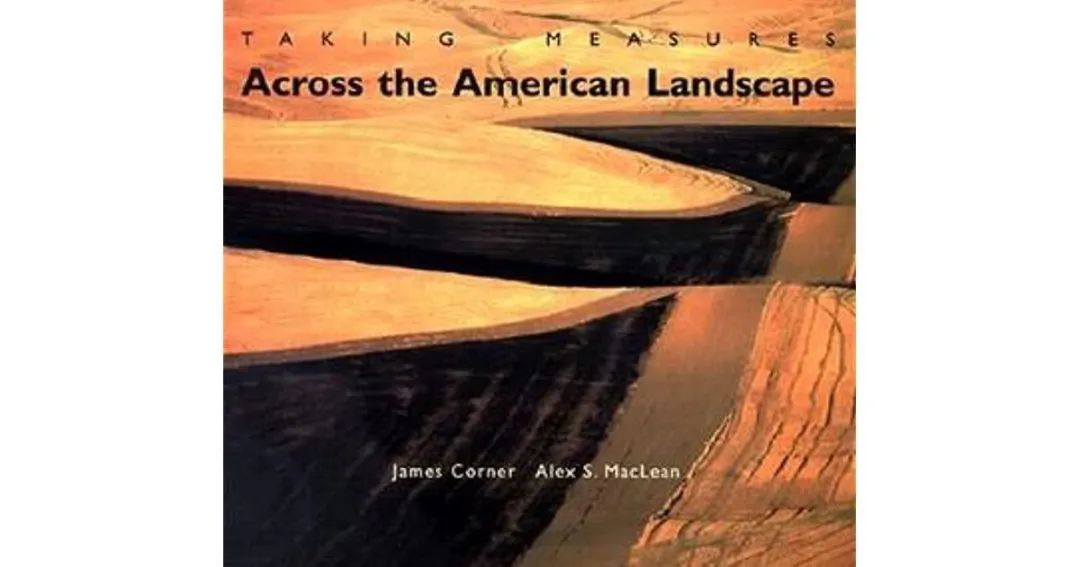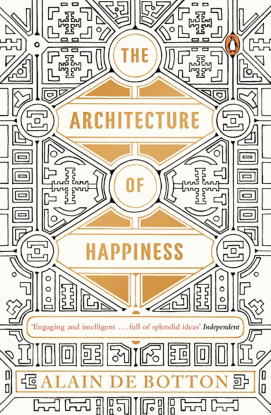

本书通过创造基于景观使用和体验的空间形态,为研究景观设计提供了一种原生的、可视化的方法。它通过提供一种结构来探索美学、空间和体验概念,通过这种结构,景观可以在设计中被理解和构思。“组织”是整个景观的整体结构,而“形式”指的是构成这种组织的成分。形式和组织共同创造了有利于视觉空间设计思维和意识发展的景观形态。
| 编者介绍 |

| 内容介绍 |
一个形态学的设计过程


While landscapes are living, dynamic, ‘bio-cultural’ systems, theycan also be thought of as complex, spatial ‘structures’.The aim of this book is to promote the development of a three-dimensionaldesign sensibility by exploring and defining the physical form of landscape as ‘material’ for design. ‘Fabric’ refers to the integrated spatialstructure of whole landscapes (as well as the context for design), while ‘form’refers to the components or parts that make up this fabric. Together form andfabric create a morphology of landscape that is useful for visual–spatialdesign thinking and awareness.
The morphology is organized into seven parts. The first of theseparts, landscape fabric, considers landscapes as integrated wholes and definesqualities considered desirable in design. The next five parts illustratespaces, paths, edges, foci and thresholds. These five parts have been conceivedby identifying forms in landscapes that are used and experienced by people indistinct ways and for particular purposes and therefore require specificconsideration by designers. The final part, detail, refers to ‘close up’,sensory and tactile landscape components. Although divided into these sections,this is essentially a book about relationships, wholes and the integration ofthese parts.
一个经验主义的设计过程
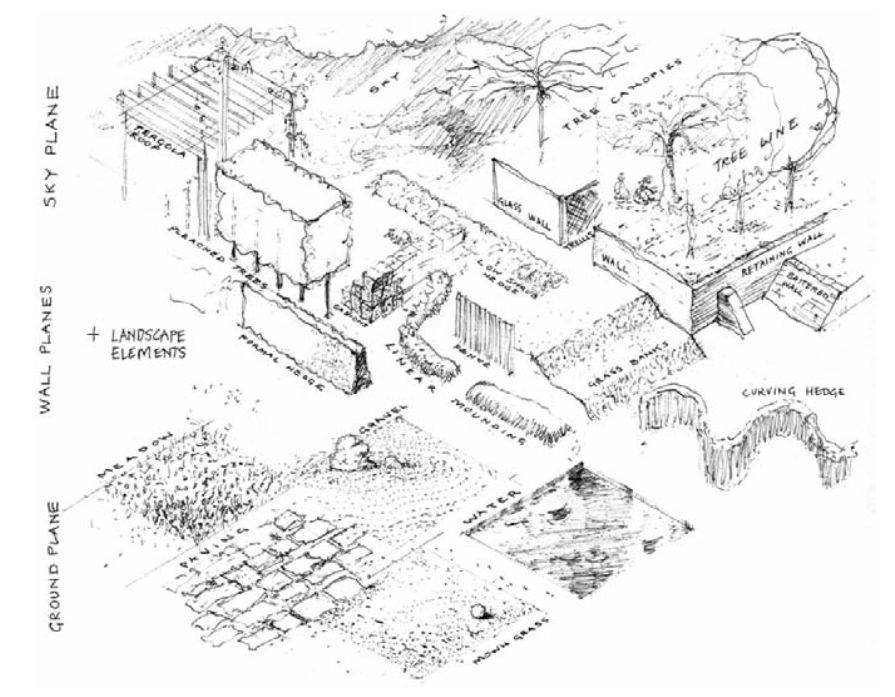
This means that human experience of landscape helps to shape boththe concepts in the book and an understanding of design. It also means thatannotated images communicate not only landscape morphology but also theexperience of this morphology. The intention is to encourage designers to makeconnections between experience and design. The spatial and physical ideas in thebook are based on my experience of teaching landscape architecture and my ownexperiences of landscape: moving through it, stopping, looking, feeling, touching,talking, eating, sheltering, remembering. They are also strongly informed by awide range of design theorists and writers concerned with human experience andthe use of places.

A visual approach to design
Landscape architects learn to design primarily through visual–spatialinformation. This is therefore a visual manual. It explores conceptual andphysical dimensions of landscapes and design through drawings. It does not describeor define a design process. Instead it provides an annotated visual narrativeand structure through which landscapes can be interpreted, understood and conceivedin design. The value of the drawings comes also from their ability to describeimage making which is (still) useful in landscape architectural practice (inaddition to other visual media, including digital images). Handwrittenannotations add layers of meaning to the drawings, frequently articulatingactivities and feelings associated with the landscape forms illustrated. Thisis intended to reinforce the concept of experiential landscape architecture.
| 节选阅读 |



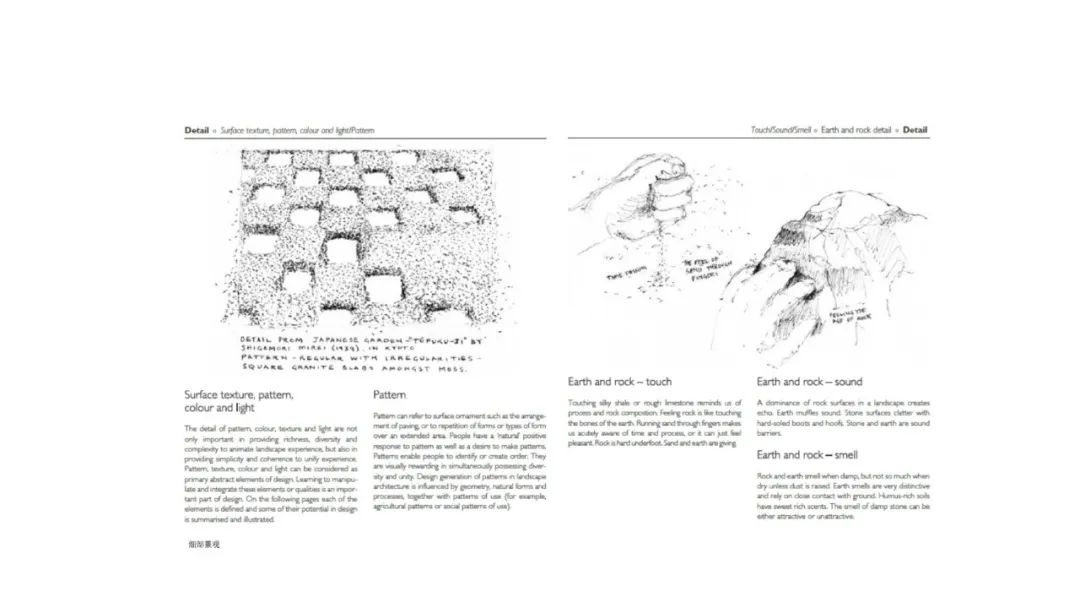
相关图书
一幅非凡而独特的景观传达全景图
当代经典大型景观设计的反思
Architecture - Form, Space, & Order——建筑学的武林秘籍

